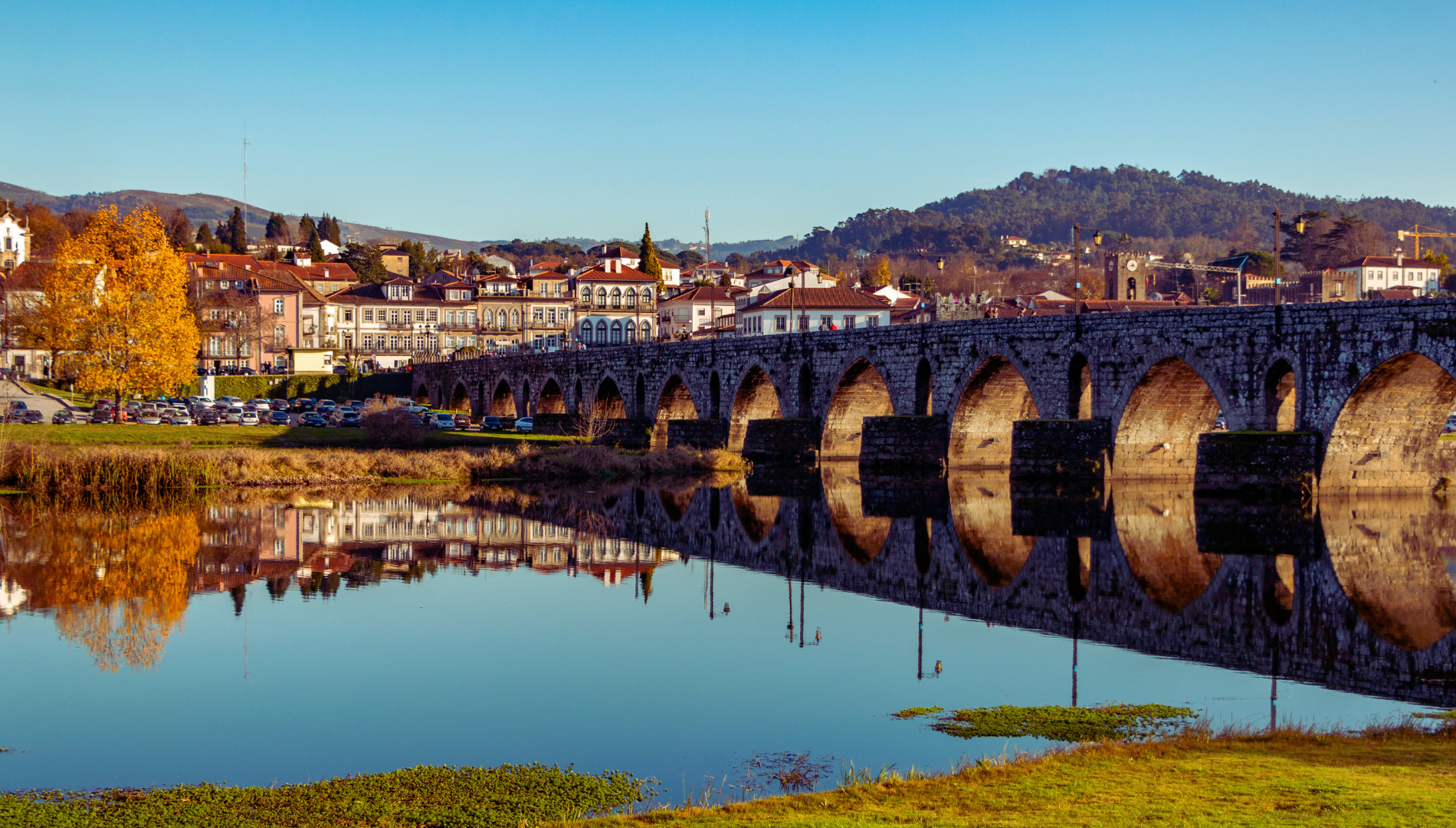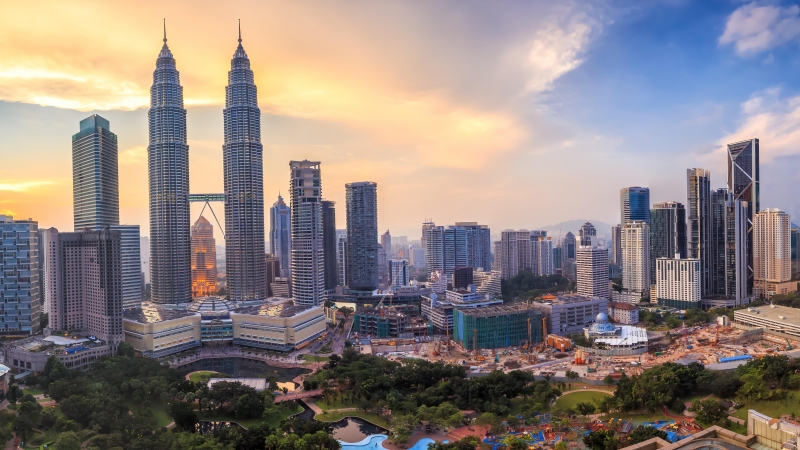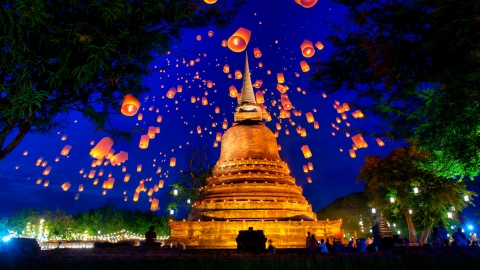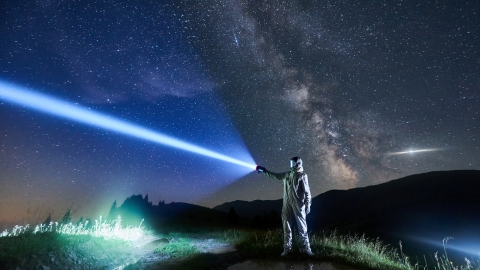The city "doesn't rain" in a unique way
Lima, the capital of Peru, is both the country’s largest city and an important cultural, industrial, financial and transport hub. Situated on the Pacific coast, the city is surrounded by the majestic Andes Mountains. With an area of 804.3 km² and a population of two-thirds of the country’s total, Lima plays a central role in all activities of the country.
What makes Lima special is its unique climate: it doesn’t rain all year round, but it doesn’t experience drought. Lima’s climate is truly a miracle. While many other coastal cities experience heavy rain or drought, Lima has a mild climate all year round, with often cloudy skies but little rain.
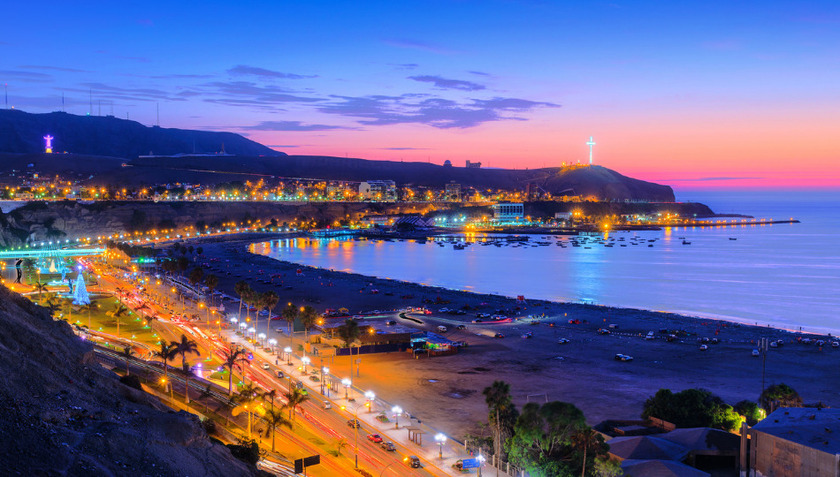
Lima is the capital of the Republic of Peru. This city is a strong example of Spanish culture in Peru.
The rainfall here is less than a fifth of the average rainfall in the Sahara Desert - one of the driest places on earth. This creates a cool, pleasant atmosphere, different from other areas of Peru. Lima has no lightning, no ice, no snow, no violent storms all year round. Strangely enough, this has been the case for the past 600 years.
In this "city without rain", visitors do not see sewers on the streets. Houses do not even have roofs. This comes from the climate in Lima, which does not rain all year round and has a temperate climate. In addition, umbrellas and raincoats are almost unnecessary here. In fact, many locals have never seen rain in their entire lives.
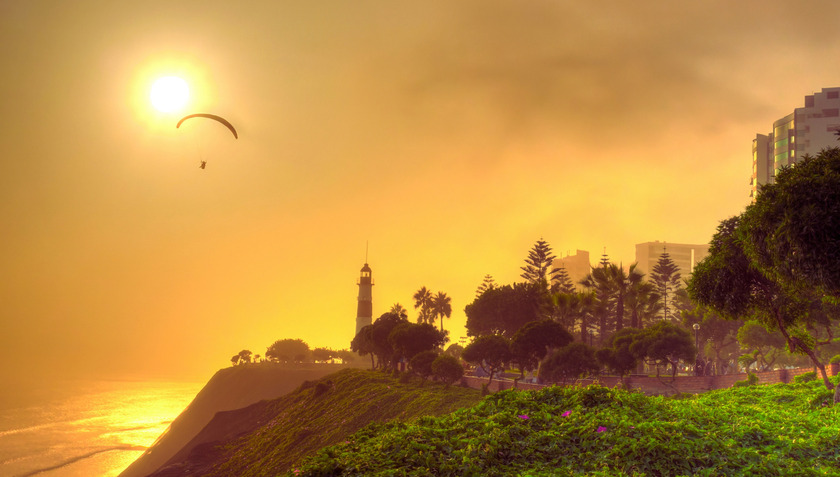
Data recorded by the meteorological agency shows that the total rainfall in Lima is only about 15mm per year.
According to meteorologists, for 600 years, there has been no rain here due to its geographical location. The city is mainly located on the eastern slope of the Andes Mountains - the highest mountain in South America. Here, the air flow sinks, the wind direction basically blows parallel to sea level. The coastal air comes into contact with the cold water surface, is blocked by the cold air flow and cannot condense into cumulonimbus clouds. Therefore, it cannot cause rain. Water vapor can only form fog. Because of this, Lima is not dry, but very humid due to the large amount of water vapor.
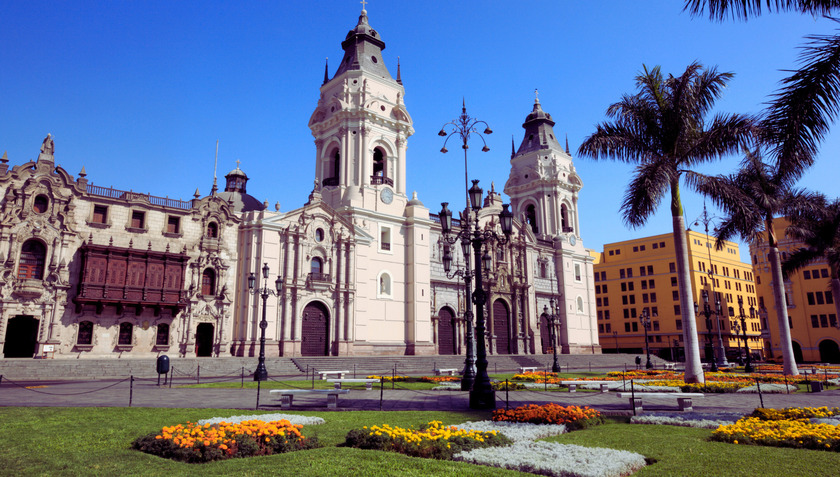
More than 9 million people live in this rainless city.
According to the description, the "rain" scene in this city is also very unique. The rain does not fall drop by drop, but only a large amount of fog covers the entire city, condensing on the wet ground.
In addition, Lima's proximity to the sea and the presence of the Mark River provide it with abundant groundwater. Thanks to this, the city has never faced a water shortage. This abundant water source not only meets the daily needs of the people but also ensures other economic and production activities.
City of Emperors
Francisco Pizarro, the explorer who conquered the Inca Empire, founded Lima on January 18, 1535. It was then named Ciudad de los Reyes, meaning “city of the emperors,” and became the capital of Peru. Lima’s wealth was due to the influx of Spanish elites to Peru. All gold and silver exports passed through Lima and then to Spain.

Lima city has many historical and cultural values.
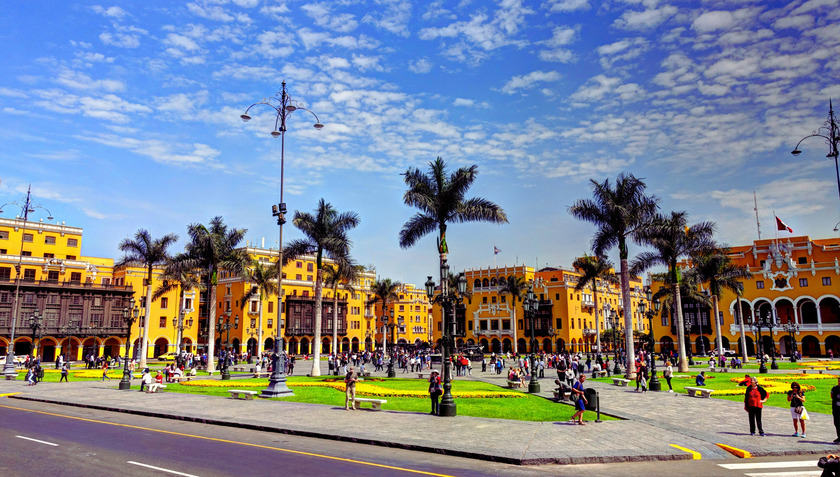
The historic center of Lima is a testament to the development of Spanish colonial urban architecture, of economic, political, and cultural importance.
The city has a unique blend of dense, modern residential areas with an old-world charm. This combination is evident on every street you walk through. You can see pre-Columbian vestiges interspersed with office towers, or Spanish colonial structures lining the central square.
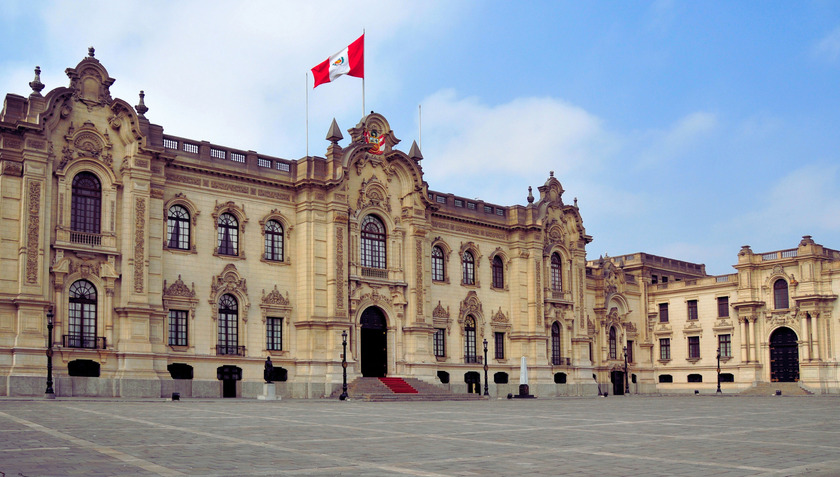
Despite severe damage from earthquakes, this "City of Kings" remained the capital and important to Peru until the mid-18th century.
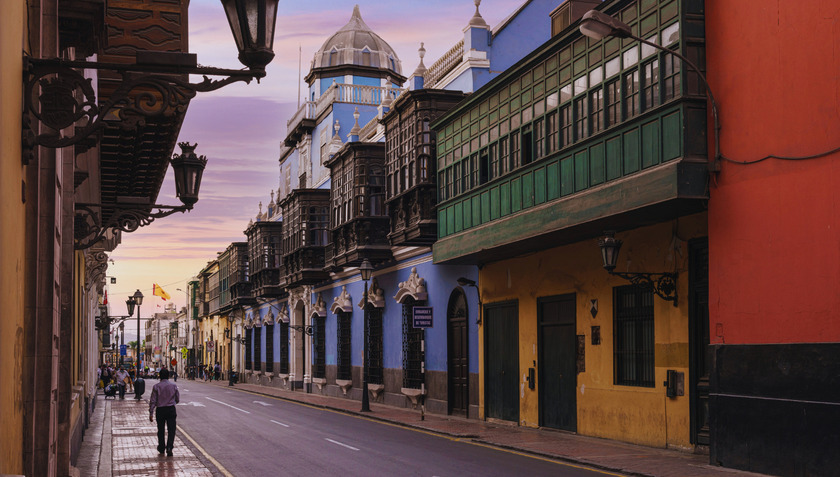
The buildings feature a bold architectural style that combines Hispanic and Baroque styles.
In this city, the pace of life is somewhat more hurried and modern with many impressive landscape spaces and contrasting tourist colors that create excitement for young people. When visiting Lima, you can experience the most beautiful and interesting scenes. From the sea to the bustling urban space, everywhere are the breathtakingly beautiful scenes of this city.
Besides, the cultural beauty of Lima is indisputable. This city is the cultural center of Peru with a very unique indigenous life. Visitors can find the most unique cultural imprints of Peruvians in this city. Besides, the impressive colorful culinary picture is also something that no one wants to miss when visiting Lima.





